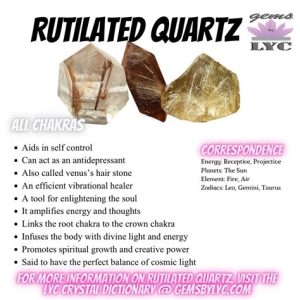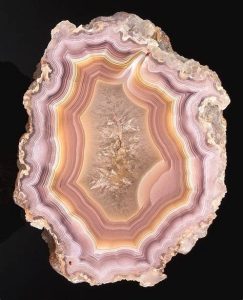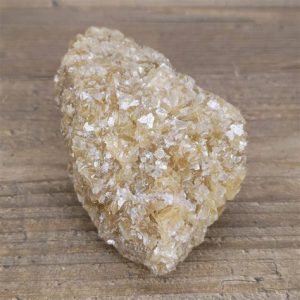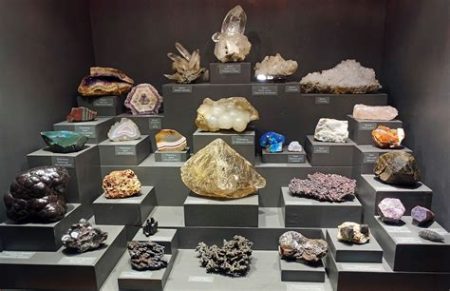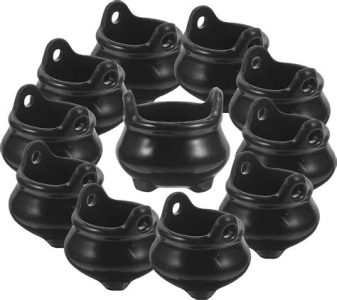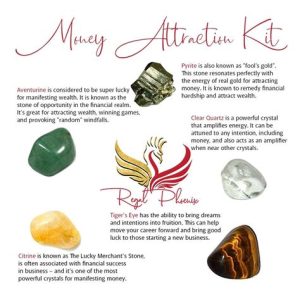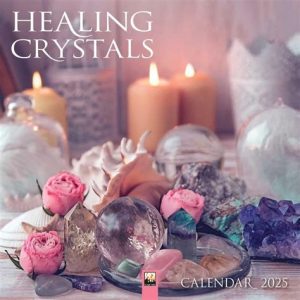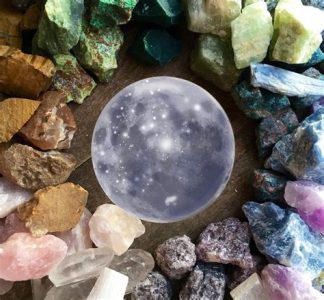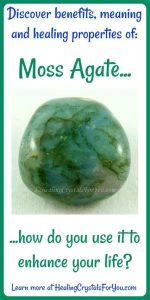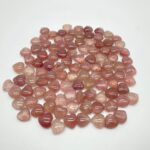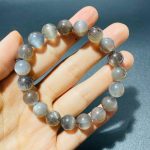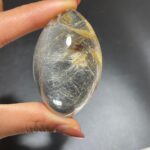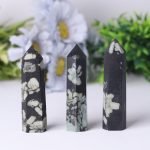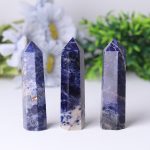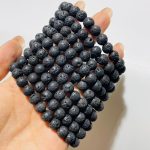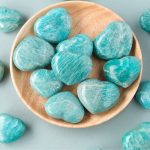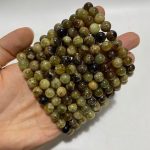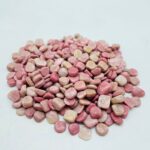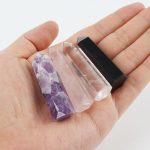Opalite is a man-made glass that resembles opal. It is usually white or clear, with a milky or iridescent appearance. It is not a natural mineral, and it does not have the same physical or chemical properties as opal. Opalite is often used as a substitute for opal in jewelry and other decorative items.

History of Opalite
The word “opalite” is derived from the Latin word “opalus,” which means “jewel.” Opalite was first created in the 19th century by French glassmakers. It quickly became popular as a cheap alternative to opal, and it was often used in jewelry and other decorative items. Opalite is still popular today, and it is used in a wide variety of applications.
Physical and Chemical Properties of Opalite
Opalite is a type of glass. It is composed of silica, soda, and lime. It is usually white or clear, with a milky or iridescent appearance. Its hardness on the Mohs scale is about 5.5, which makes it harder than glass but softer than quartz. Opalite is not piezoelectric, and it does not have any magnetic properties.
Sources of Opalite
Opalite is not a natural mineral. It is manufactured in factories using a variety of materials, including silica, soda, and lime. The largest producers of opalite are China, India, and Turkey.
Applications of Opalite
Opalite is used in a wide variety of applications, including:
- Jewelry
- Decorative items
- Home décor
- Feng shui
- Healing crystals
Opalite is often used as a substitute for opal in jewelry. It is also used in decorative items, such as vases, bowls, and candlesticks. Opalite is said to have a calming and soothing effect, which makes it popular for use in feng shui and healing crystals.
Common Mistakes to Avoid
There are a few common mistakes to avoid when using opalite. First, do not expose opalite to direct sunlight, as this can damage the glass. Second, do not clean opalite with harsh chemicals, as this can also damage the glass. Third, do not store opalite in a humid environment, as this can cause the glass to cloud up.
How to Use Opalite
Opalite can be used in a variety of ways. It can be worn as jewelry, placed in a home or office, or used in feng shui. Opalite is said to have a calming and soothing effect, so it is often used to relieve stress and anxiety. It is also said to promote creativity and intuition.
Alternatives to Opalite
If you are looking for an alternative to opalite, you may want to consider the following materials:
- Opal
- Moonstone
- Labradorite
- Rainbow fluorite
- Moss agate
These materials are all natural minerals that have a similar appearance to opalite. They are also said to have similar metaphysical properties.
Table 1: Physical and Chemical Properties of Opalite
| Property | Value |
|---|---|
| Formula | SiO2 |
| Mohs hardness | 5.5 |
| Specific gravity | 2.1 – 2.2 |
| Refractive index | 1.52 – 1.54 |
| Color | White, clear, milky, iridescent |
Table 2: Sources of Opalite
| Country | Production |
|---|---|
| China | 60% |
| India | 20% |
| Turkey | 10% |
| Other | 10% |
Table 3: Applications of Opalite
| Application | Percentage |
|---|---|
| Jewelry | 50% |
| Decorative items | 30% |
| Home décor | 10% |
| Feng shui | 5% |
| Healing crystals | 5% |
Table 4: Common Mistakes to Avoid When Using Opalite
| Mistake | Consequences |
|---|---|
| Exposing opalite to direct sunlight | Damage to the glass |
| Cleaning opalite with harsh chemicals | Damage to the glass |
| Storing opalite in a humid environment | Clouding of the glass |

